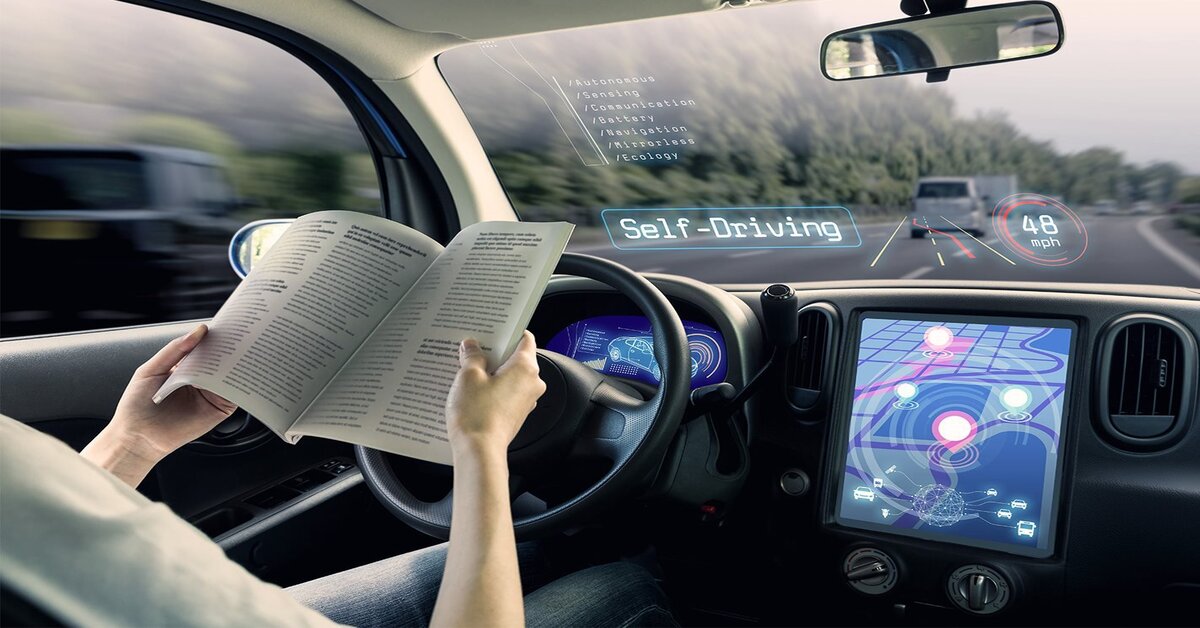Level 3 autonomous driving represents a major turning point in vehicle automation. It allows drivers to take their hands and eyes off the road under defined conditions, while still requiring readiness to retake control when prompted. As regulatory frameworks mature and technology platforms evolve, automakers are embracing conditional autonomy as a practical bridge between today’s advanced driver assistance systems (ADAS) and the promise of full self-driving capability.
The Strategic Value Proposition
Unlike previous automation levels, Level 3 autonomy redefines the relationship between driver and vehicle. It transitions the driver’s role from active controller to supervisory participant, permitting limited disengagement during routine highway travel or congestion. These brief intervals of “eyes-off” driving enable occupants to safely perform light secondary tasks—checking messages, relaxing, or monitoring passengers—without violating legal or safety constraints.
This shift marks more than an incremental convenience upgrade; it introduces a new paradigm of mobility. Level 3 is the first stage where attention can lawfully and reliably shift away from direct driving tasks, unlocking fresh use cases and a premium ownership experience.
Market Differentiation and Scalable Design
Consumers now expect advanced features such as adaptive cruise control, automatic emergency braking, lane keeping, and traffic jam assist as standard offerings. With these Level 1 and Level 2 capabilities increasingly commoditized, automakers need new differentiators. Level 3 autonomy provides that advantage.
Manufacturers leveraging modular system-on-chip (SoC) platforms can integrate conditional automation features across multiple vehicle lines without full architectural redesigns. This scalability supports tiered product strategies—offering entry-level driver assistance in base models and hands-off functionality in premium variants—maximizing return on R&D investment.
Technical Foundations for Conditional Autonomy
Successful Level 3 deployment demands advanced computing and sensor ecosystems capable of seamless transitions between manual and automated control. Key components include:
-
High-performance processors managing real-time sensor fusion, path planning, and decision logic.
-
Redundant sensing using cameras, radar, and lidar for full 360° environmental awareness.
-
Driver monitoring systems ensuring the driver’s readiness to intervene.
-
High-definition maps and continuous localization for lane-level precision.
-
Over-the-air software updates to refine algorithms and enable new features.
Efficient, safety-grade silicon architectures are essential to manage the immense data flow from sensors while maintaining system reliability and real-time responsiveness.
Regulatory and Liability Alignment
Technology readiness alone cannot guarantee deployment. Clear regulatory guidance is critical to define liability between human drivers and automated systems, ensure type-approval compliance, and enable new insurance models. Policymakers, automakers, and insurers are now collaborating to establish standards that safeguard consumers while promoting innovation. Real-world deployment data will further refine these frameworks and clarify shared responsibility boundaries.
Toward Production Reality
The transition from prototype to production is already underway. Mobileye’s Chauffeur™ platform, for instance, demonstrates commercial readiness with an 11-camera setup, radar and lidar fusion, and three EyeQ™6H processors enabling eyes-off driving at highway speeds up to 130 km/h. Its scalable architecture allows automakers to adopt conditional autonomy incrementally through hardware and software upgrades.
The Road Ahead
Level 3 autonomy is not merely a technological milestone—it’s a strategic inflection point. It allows automakers to deliver tangible customer value today while building the foundation for future higher-level automation. As global regulations align and scalable architectures mature, conditional autonomy will expand rapidly across OEM portfolios, reshaping both the driving experience and the competitive landscape of the automotive industry.

